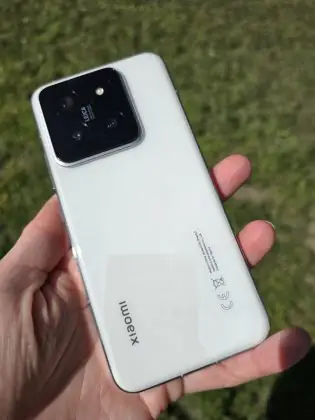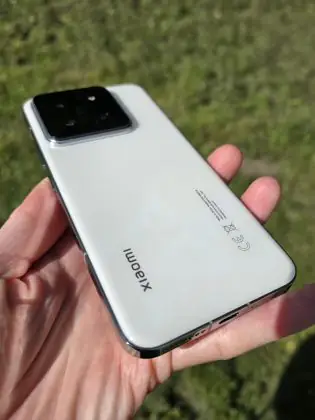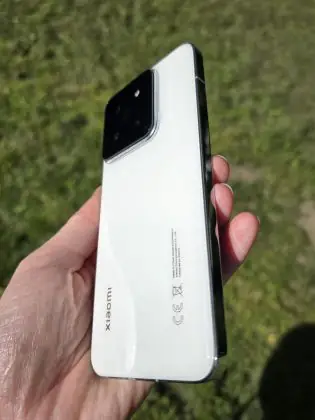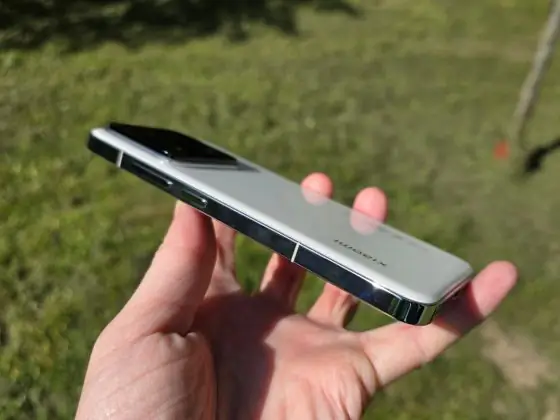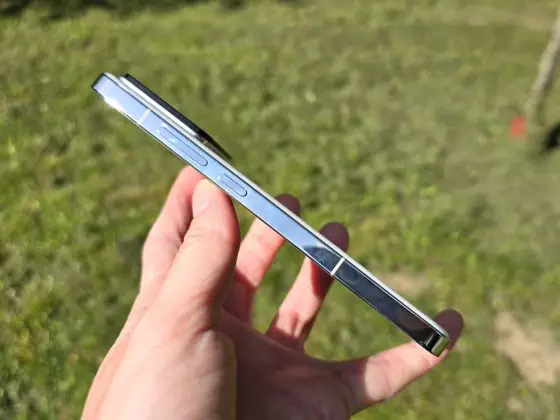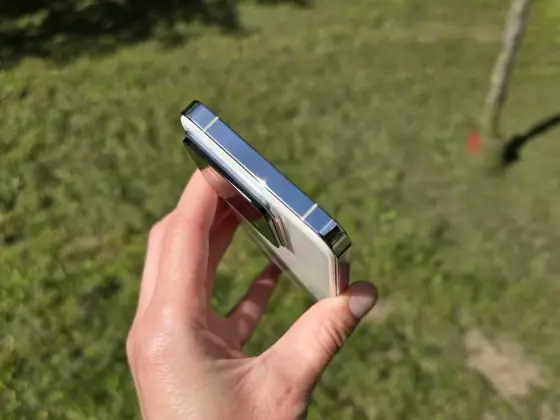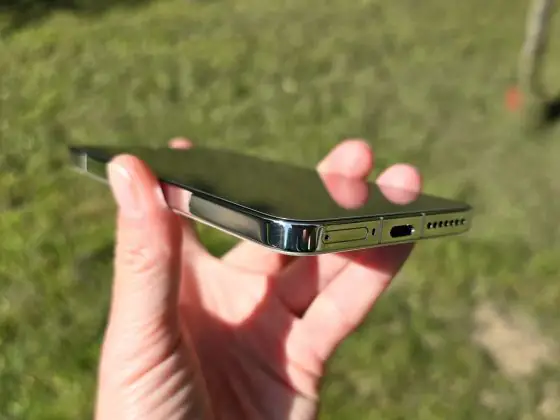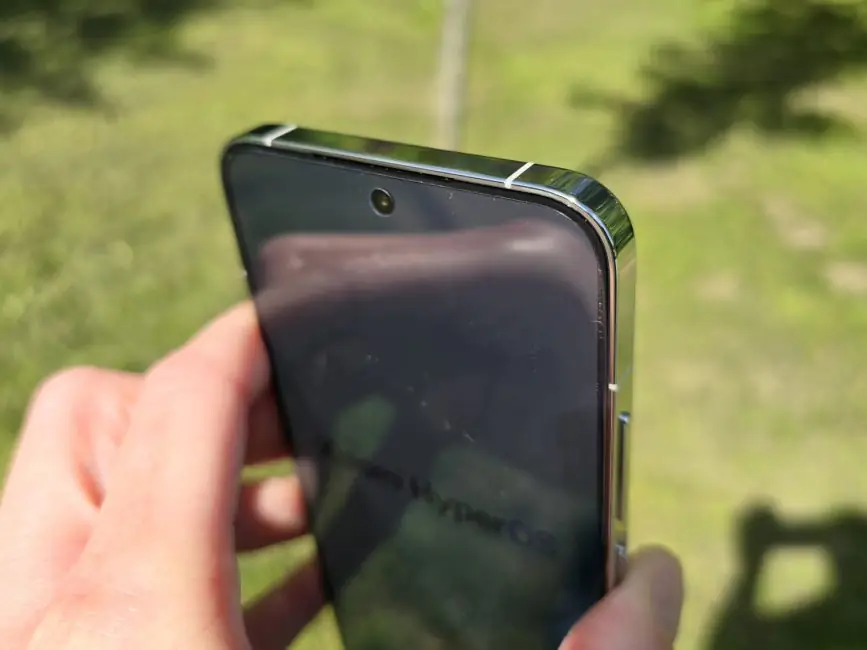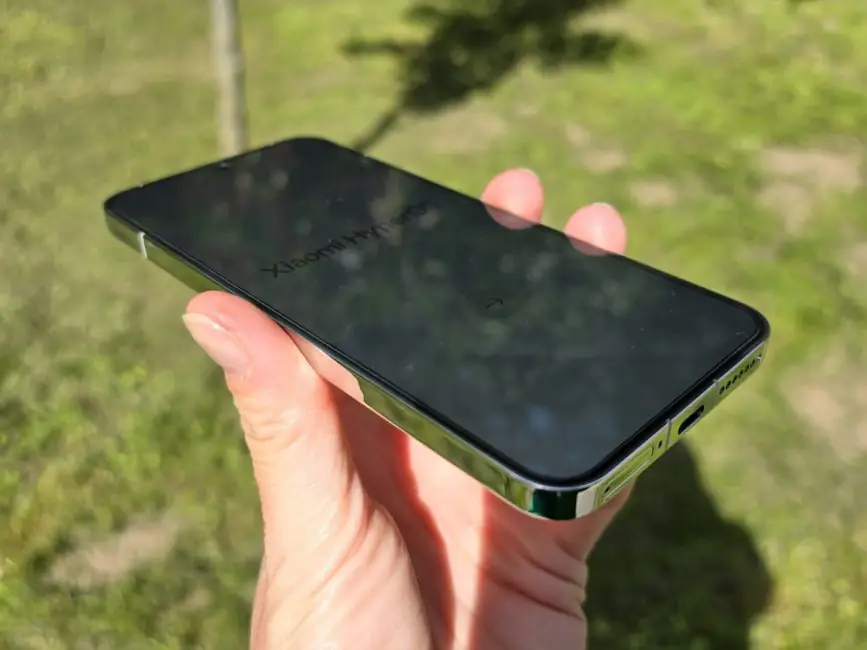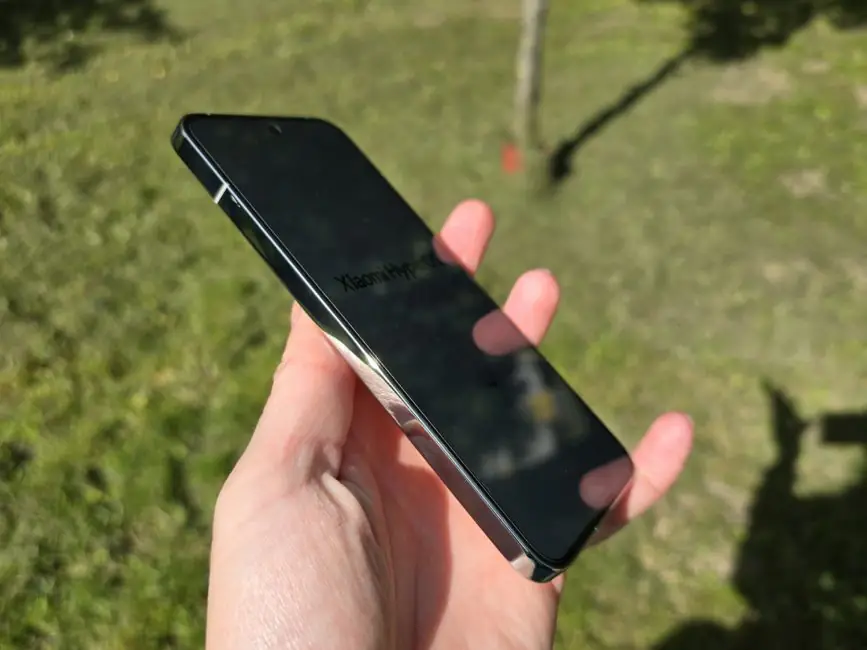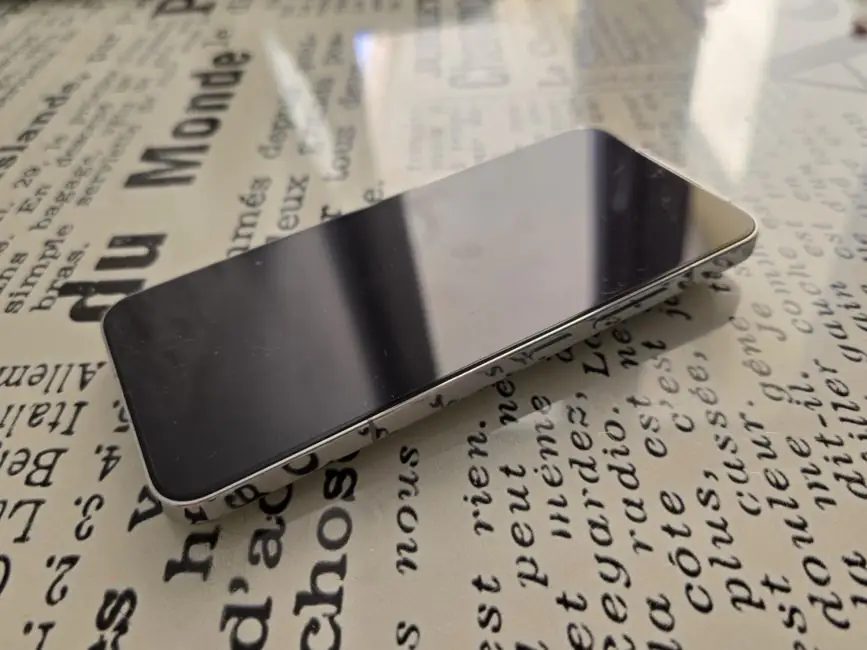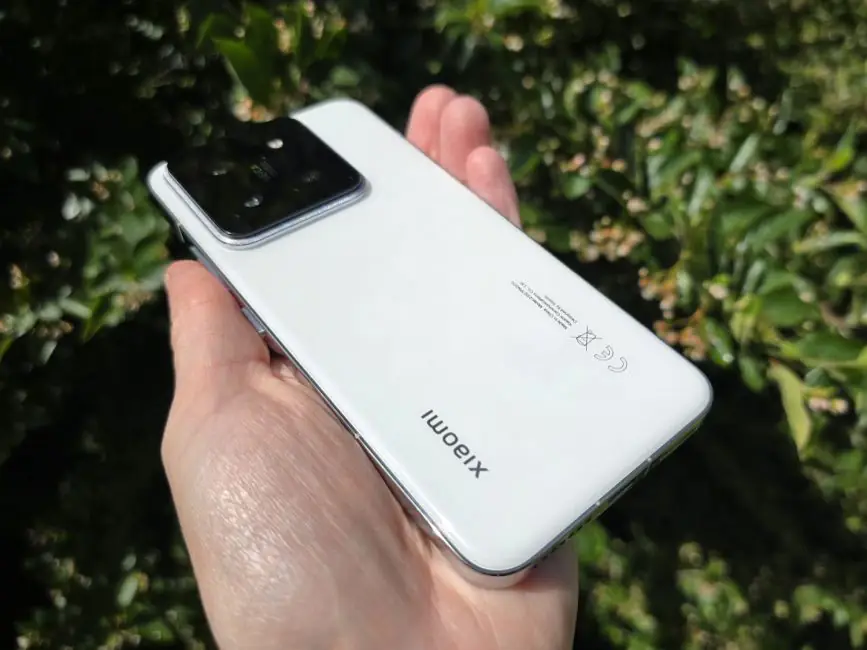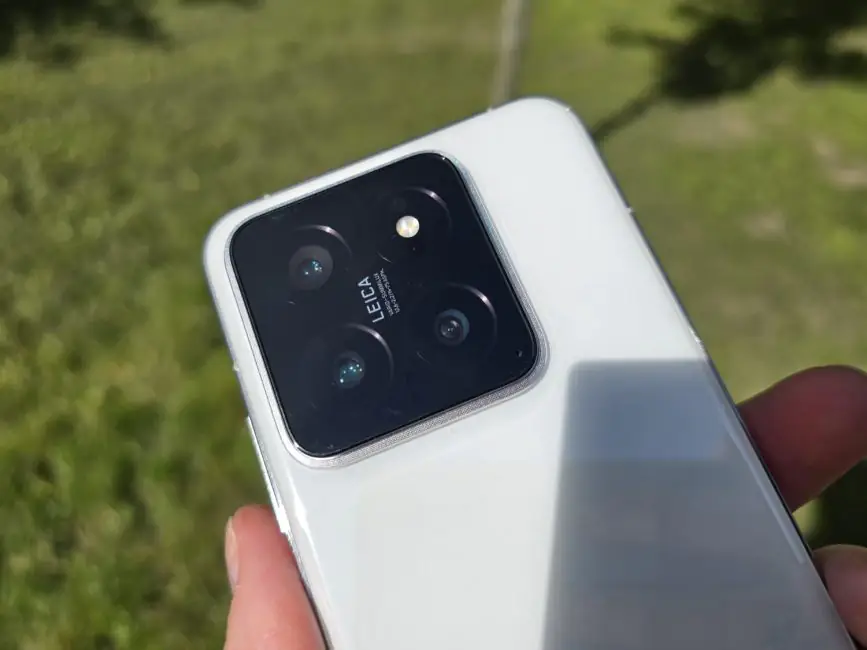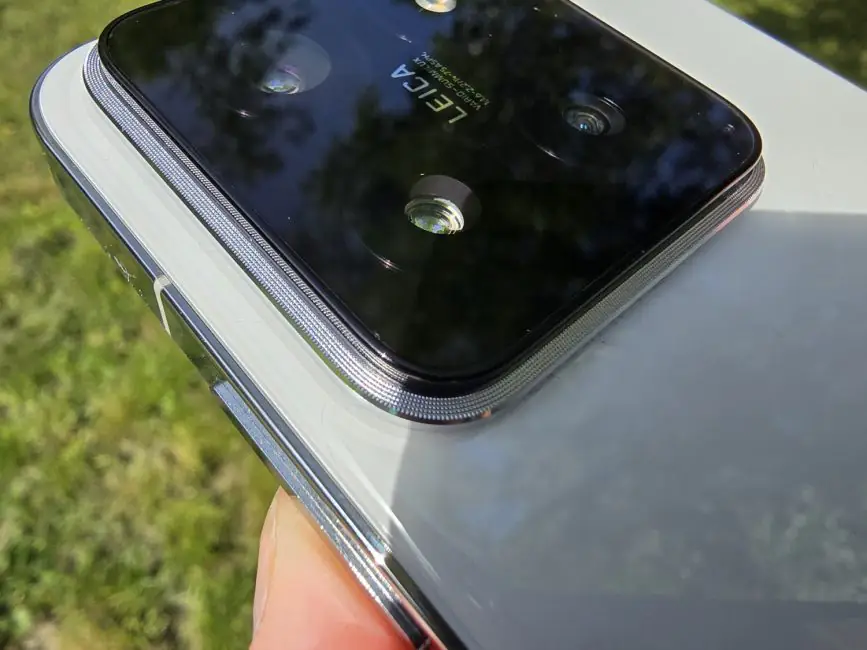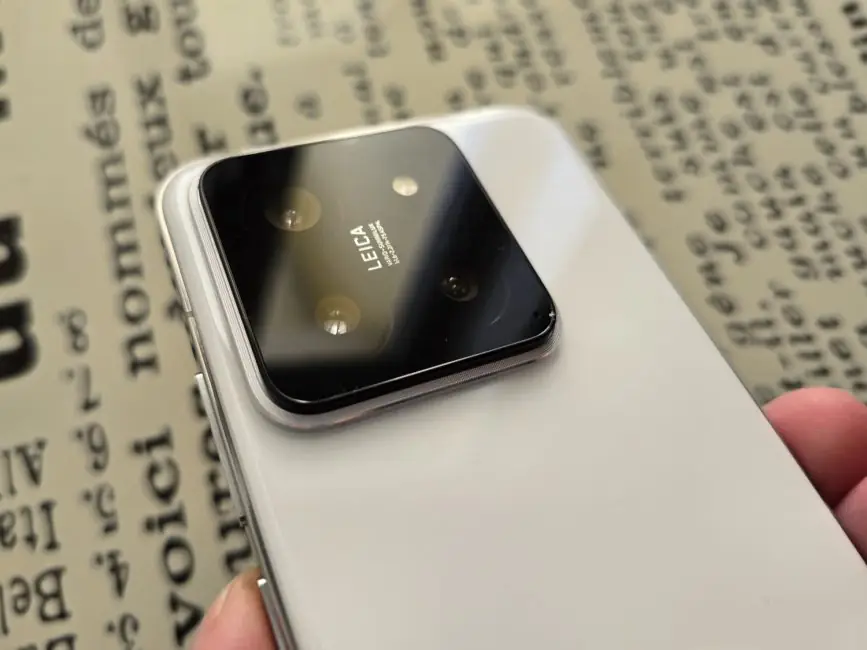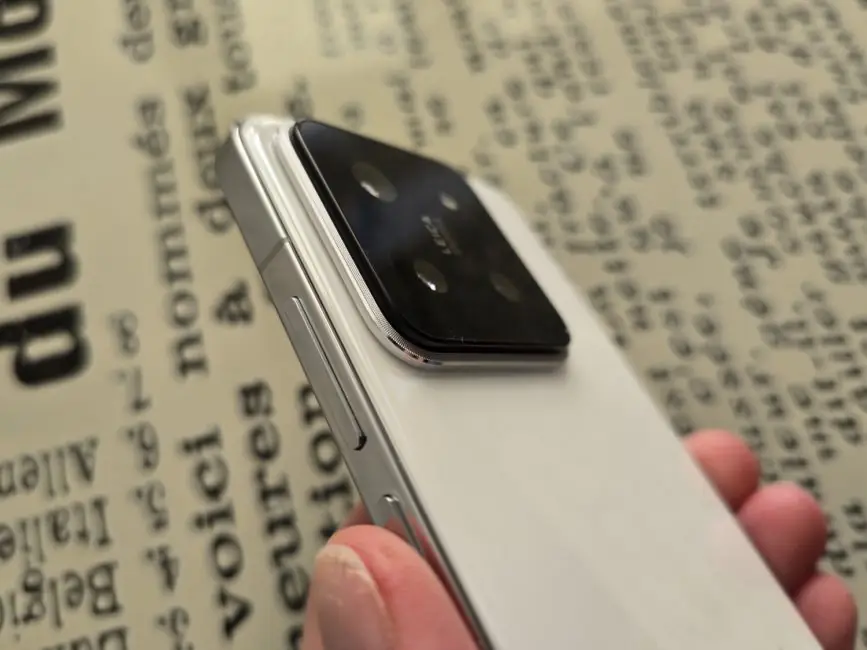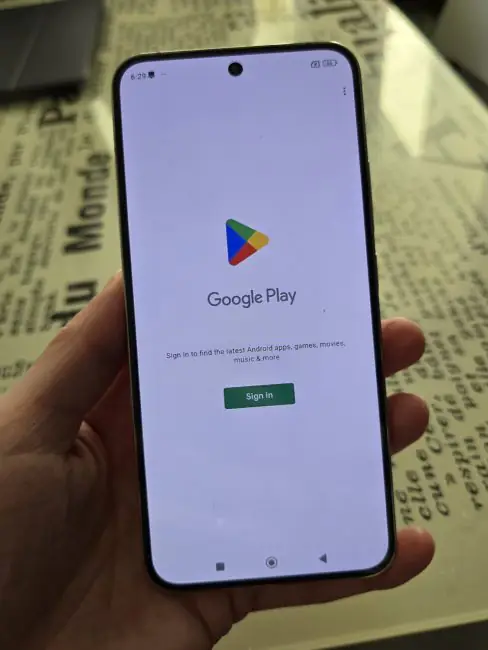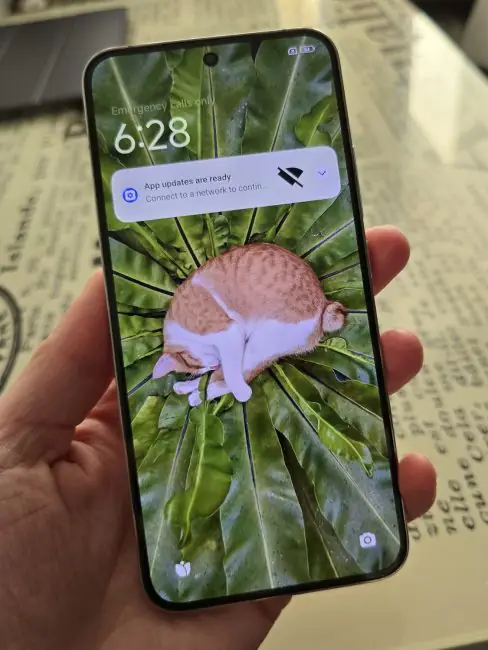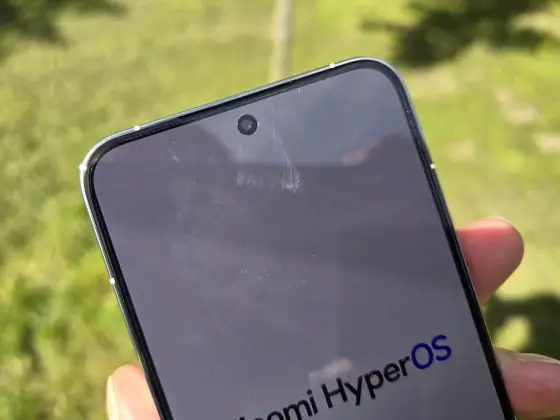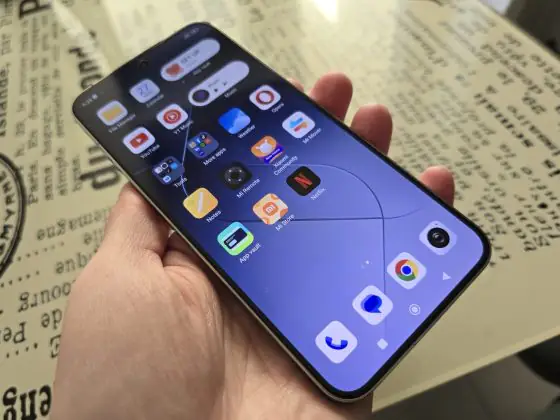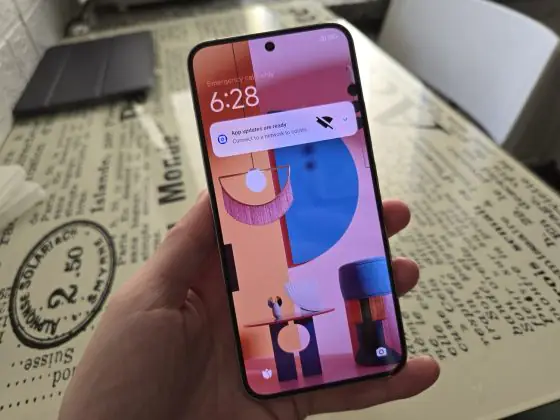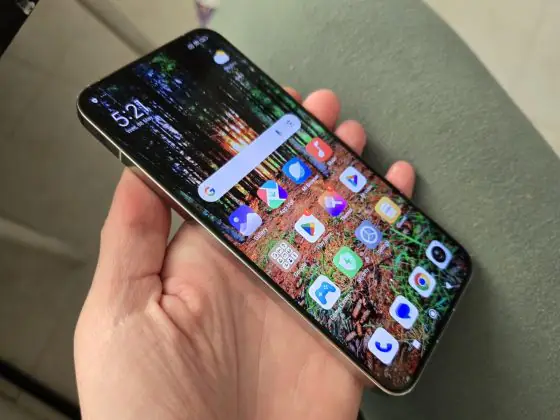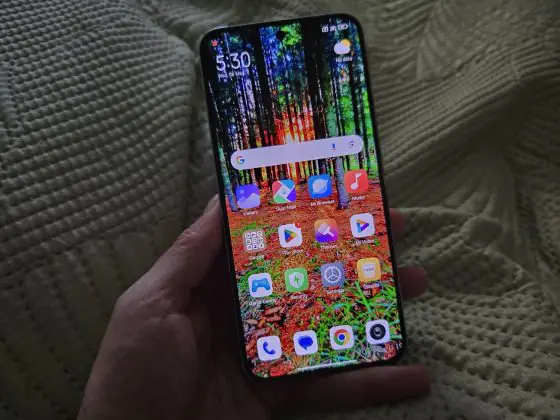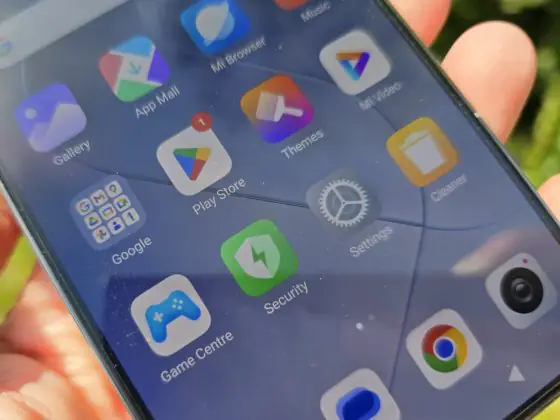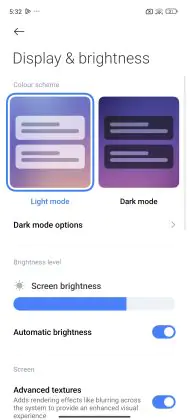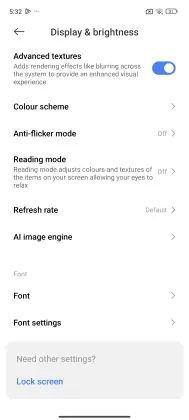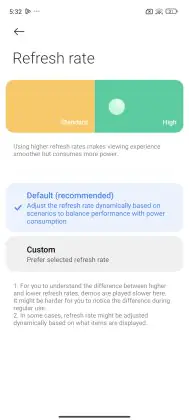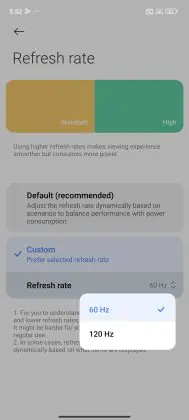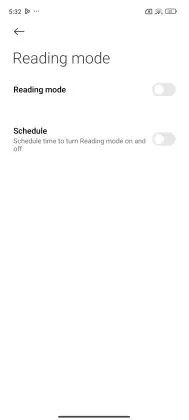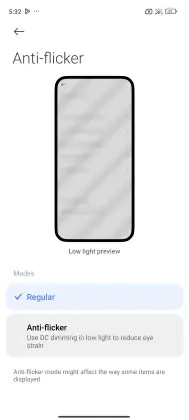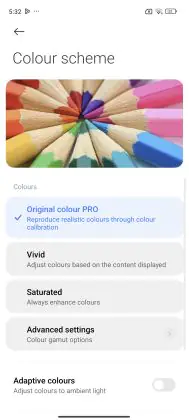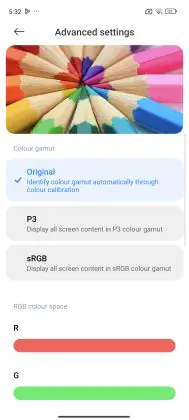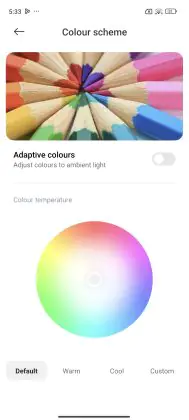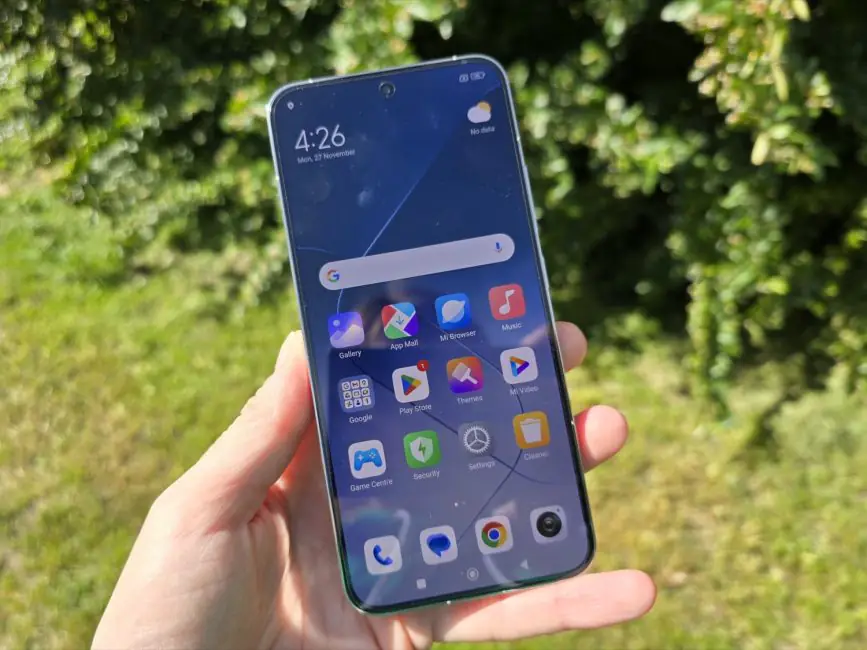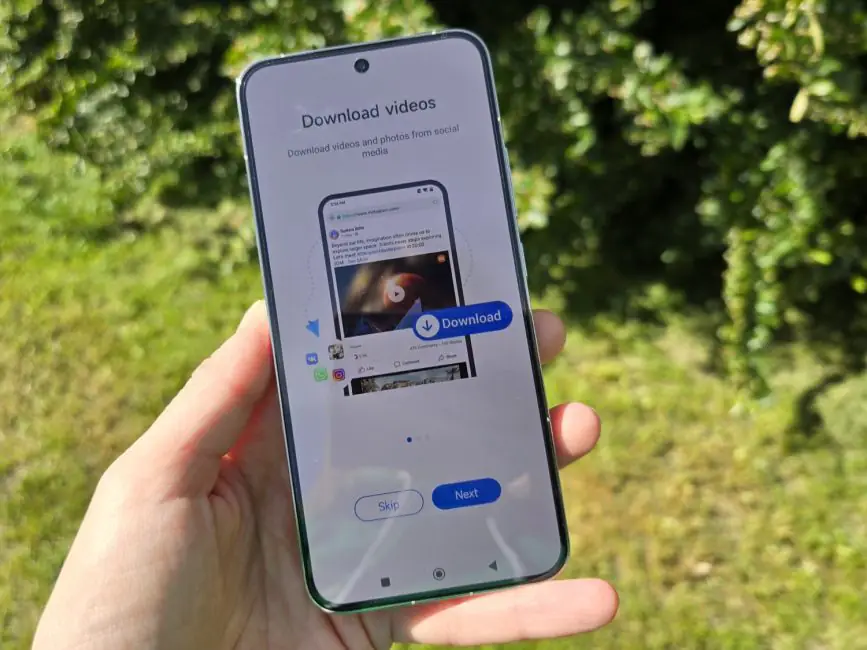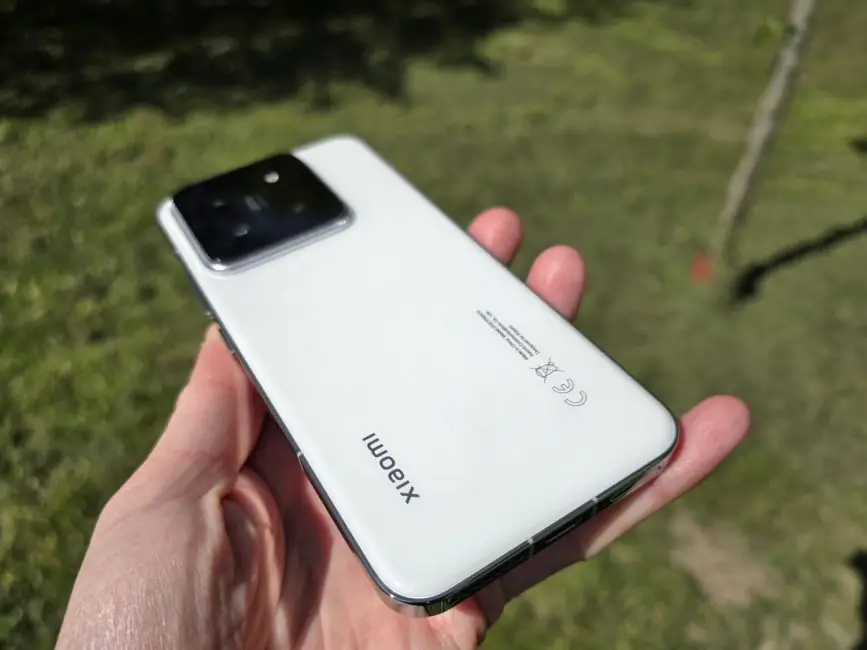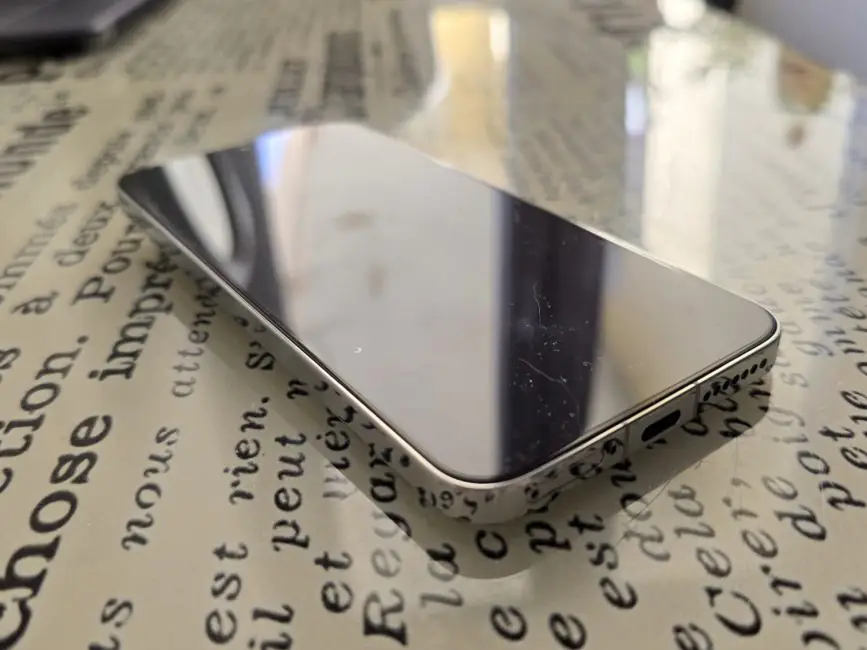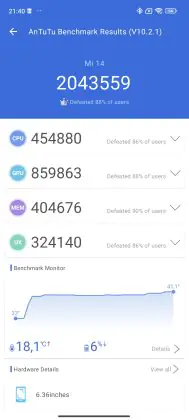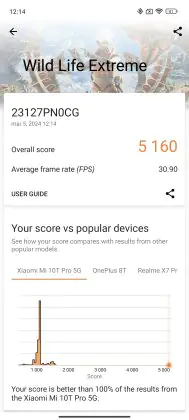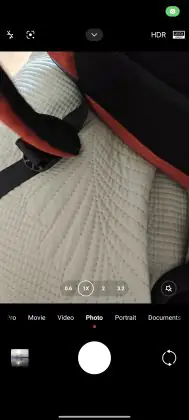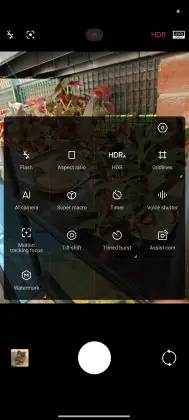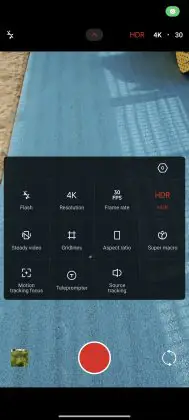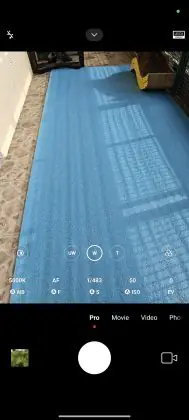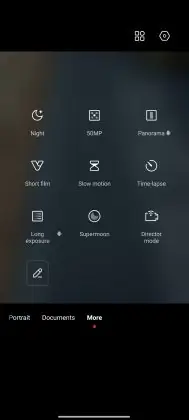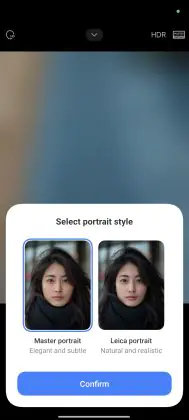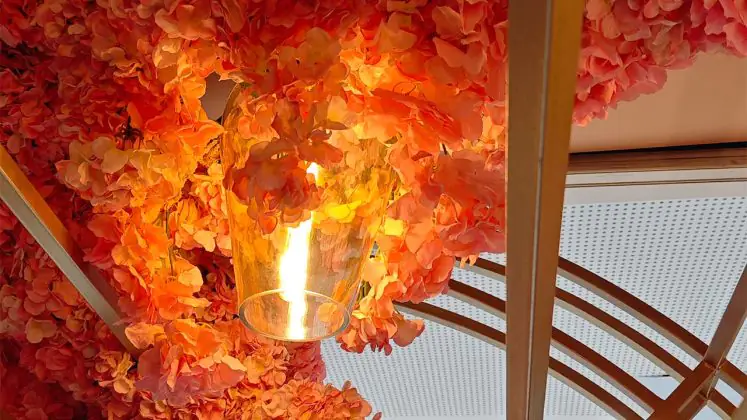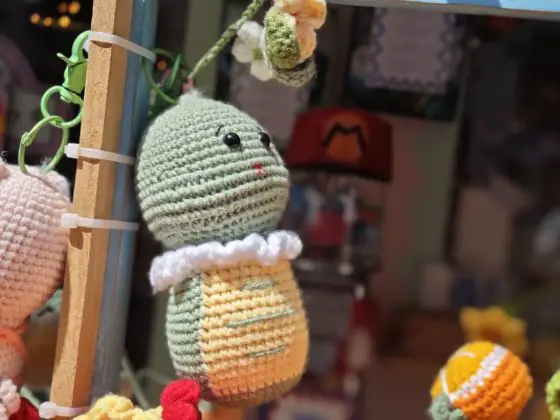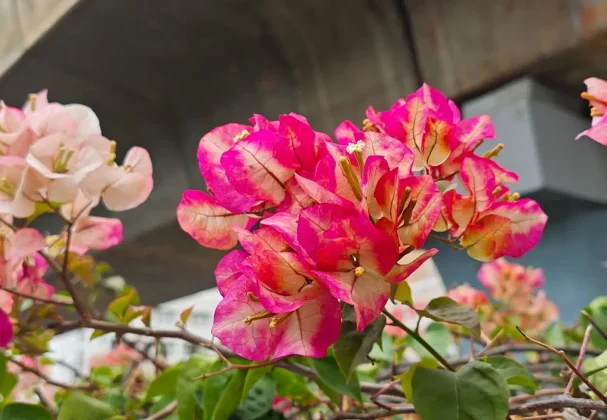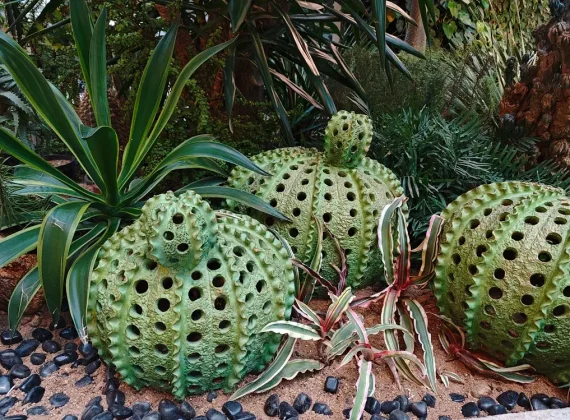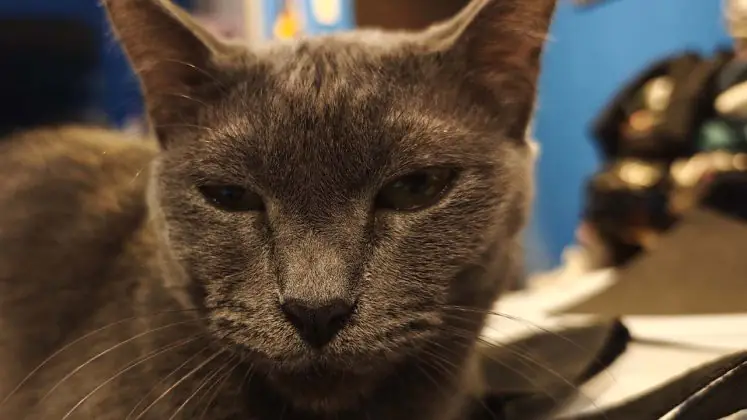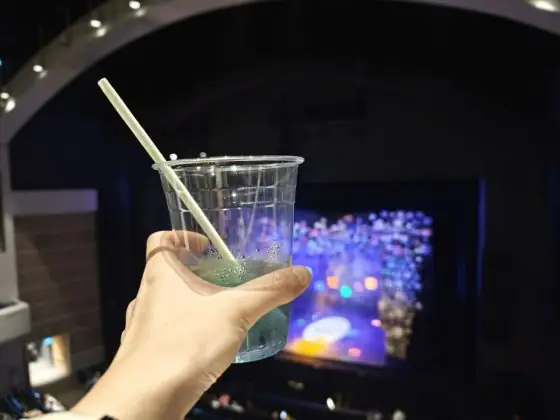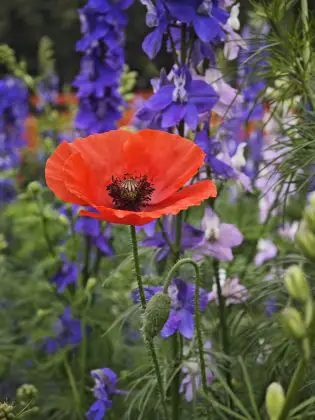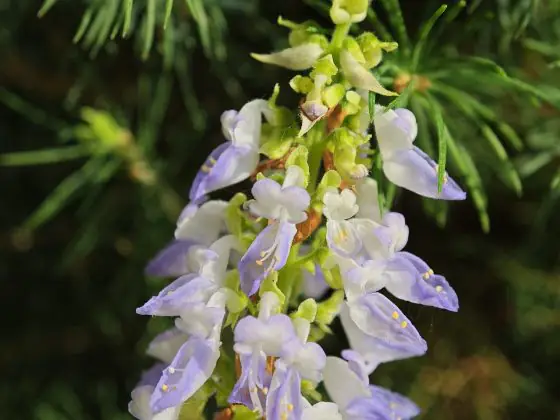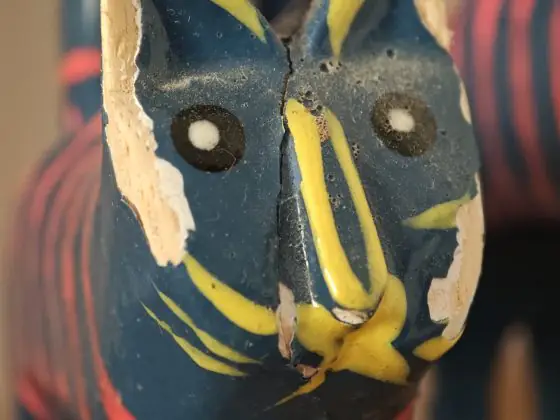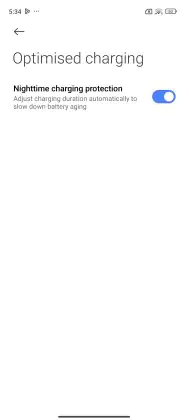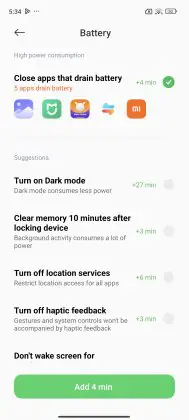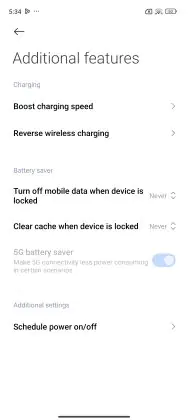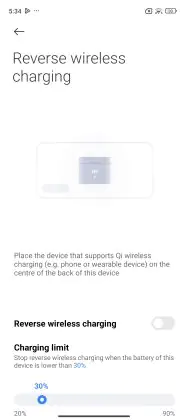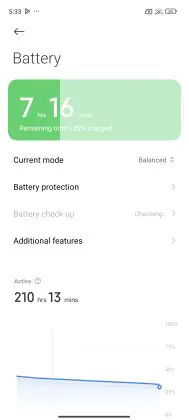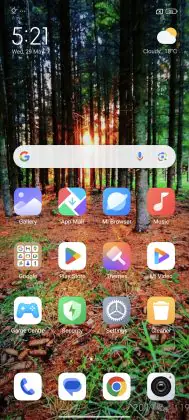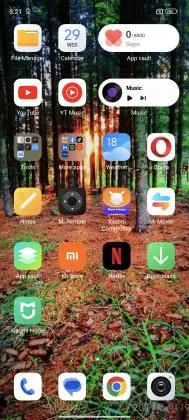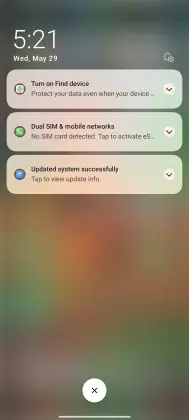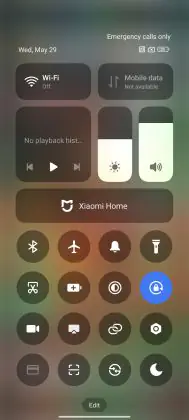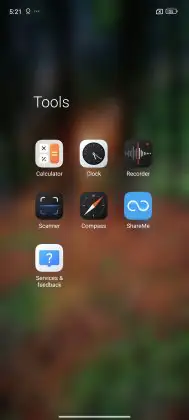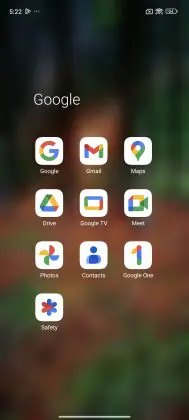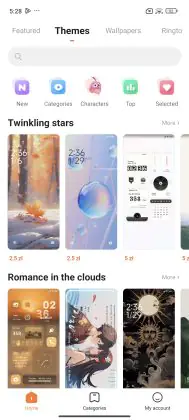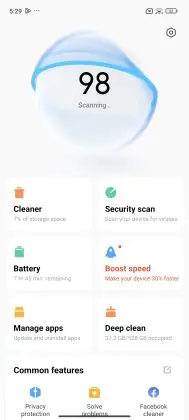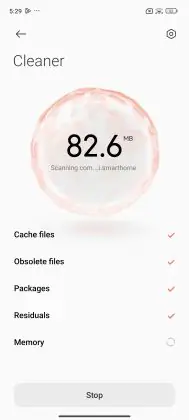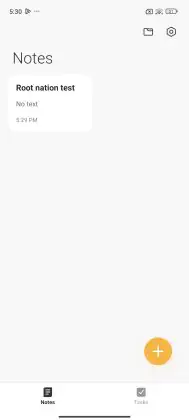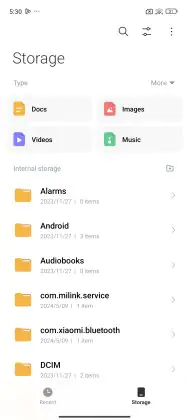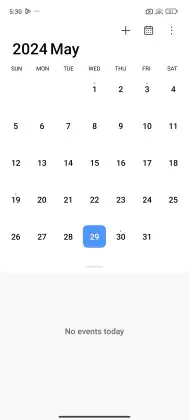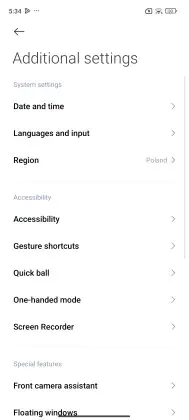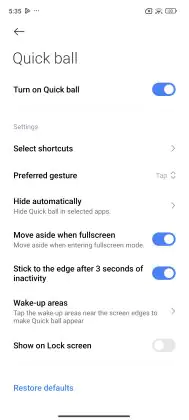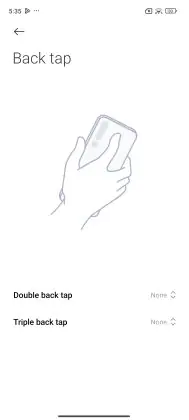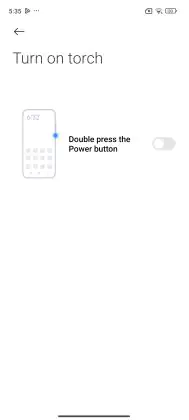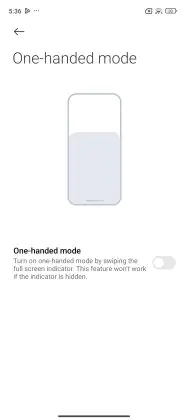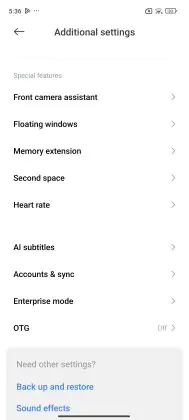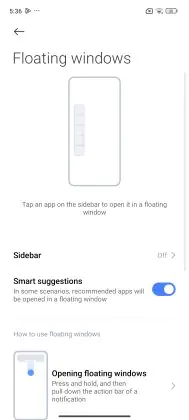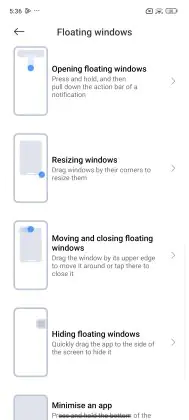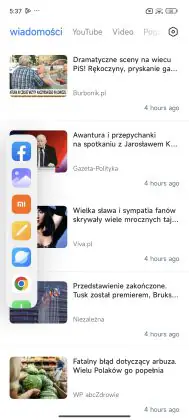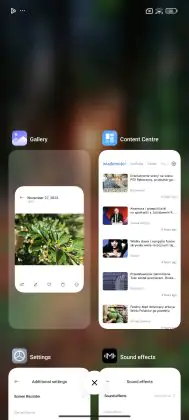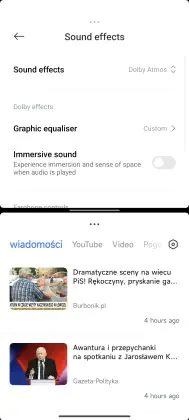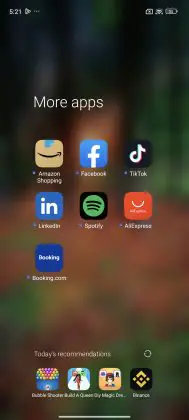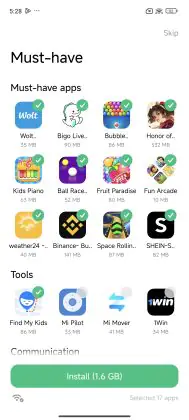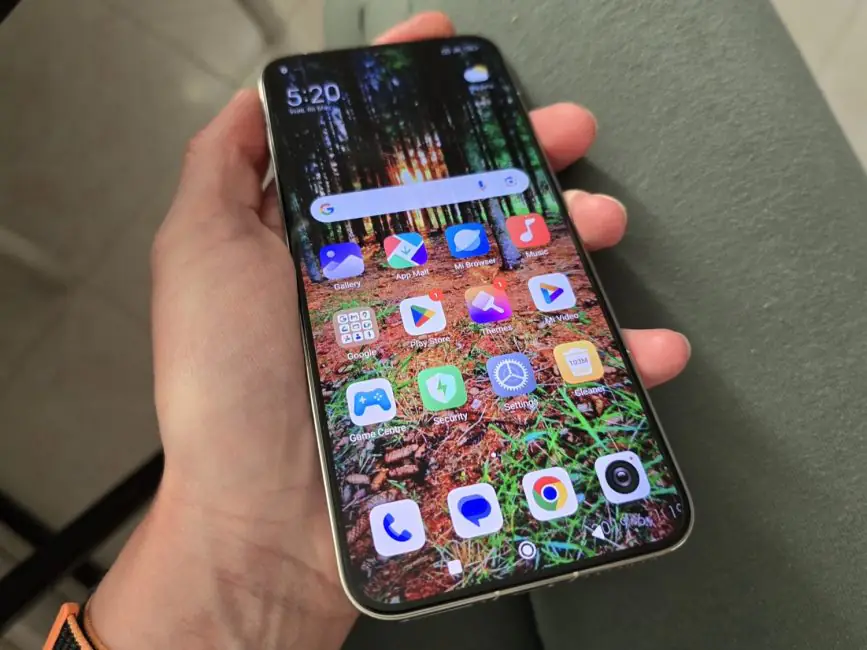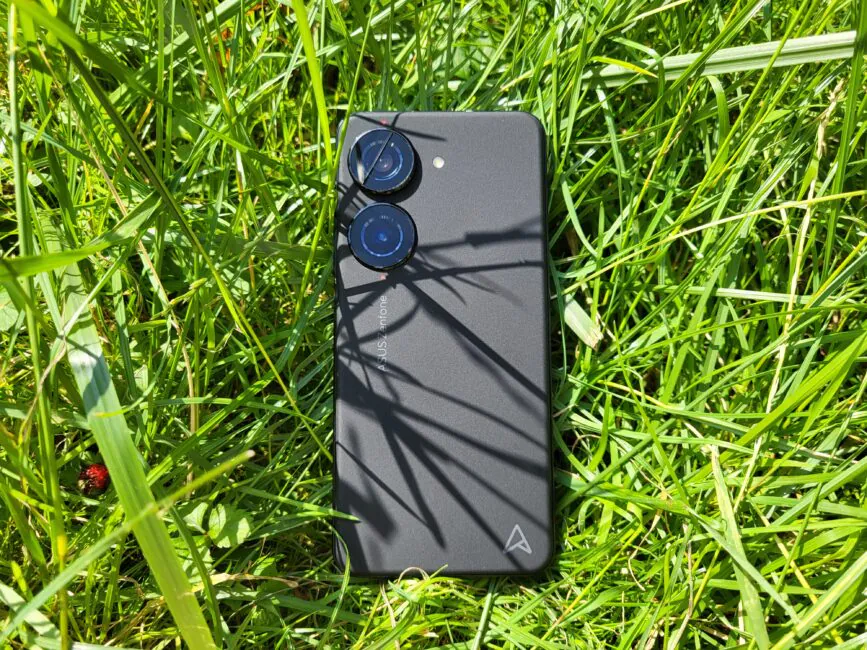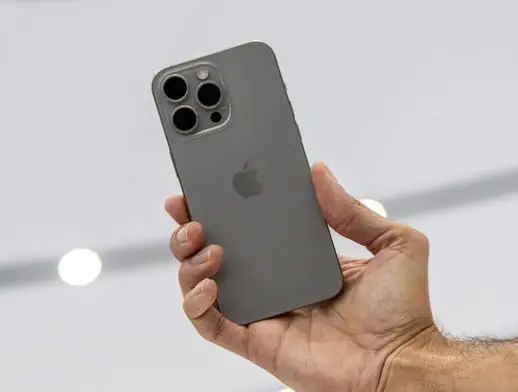© ROOT-NATION.com - Use of content is permitted with a backlink.
There aren’t many compact phones on the market, especially in the premium segment, where large screens are often prioritized. Fortunately, leading manufacturers haven’t forgotten about users who prefer smaller devices. Xiaomi, for example, offers the Xiaomi 14 in its flagship lineup — a compact, stylish device that is powerful and equipped with excellent cameras. Today, let’s take a closer look at it.
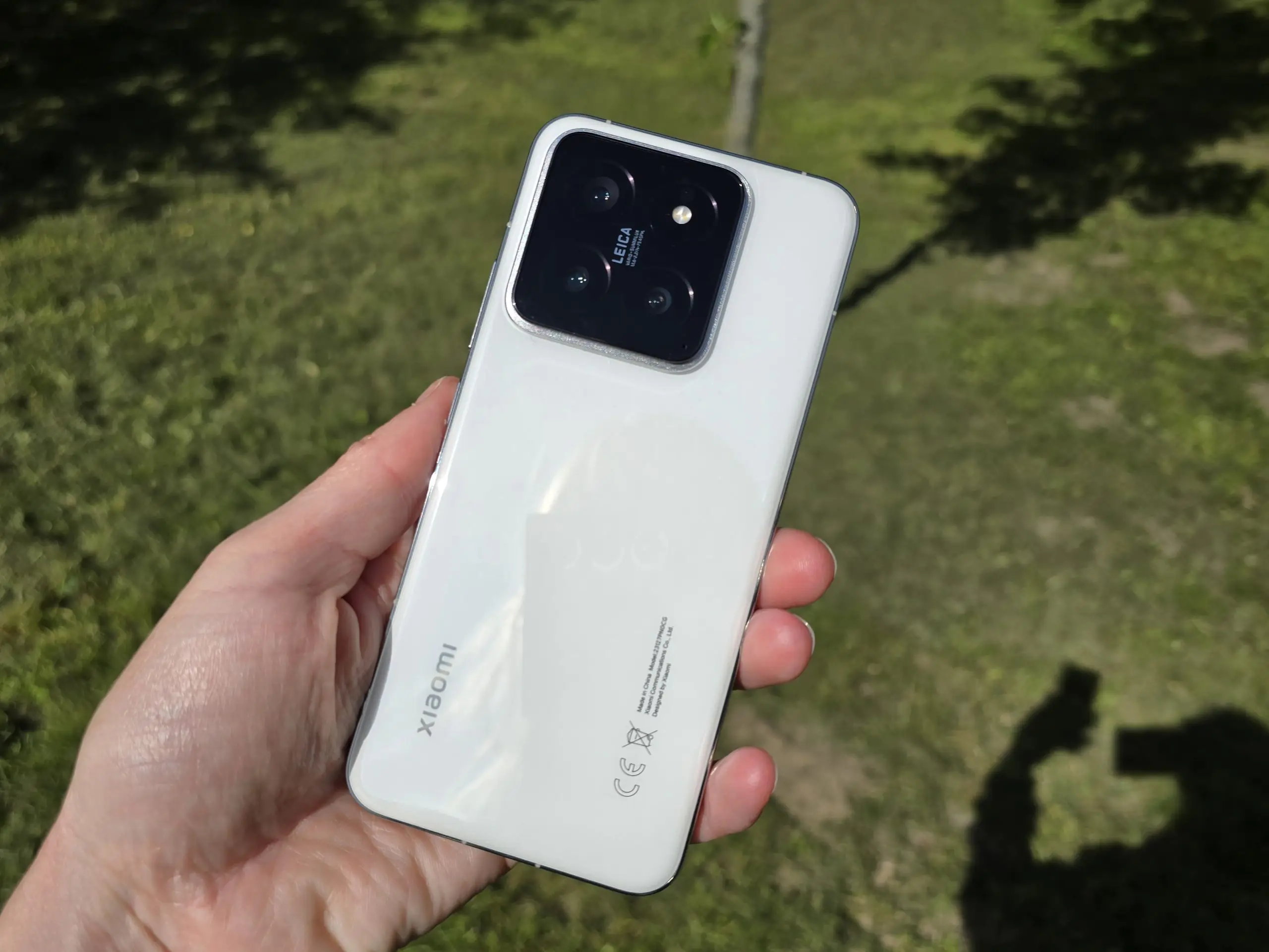
Read also: Redmi Note 13 and Note 13 5G Smartphones Review
Positioning and price
The **Xiaomi 14** is the base model of the top-tier lineup, featuring a 6.36-inch display, powered by the Snapdragon 8 Gen 3 processor, and equipped with a 4610 mAh battery. It supports 90W wired charging and 50W wireless charging. The camera setup includes a 50 MP main sensor, a telephoto lens with 3.2x zoom, and an ultra-wide-angle lens.
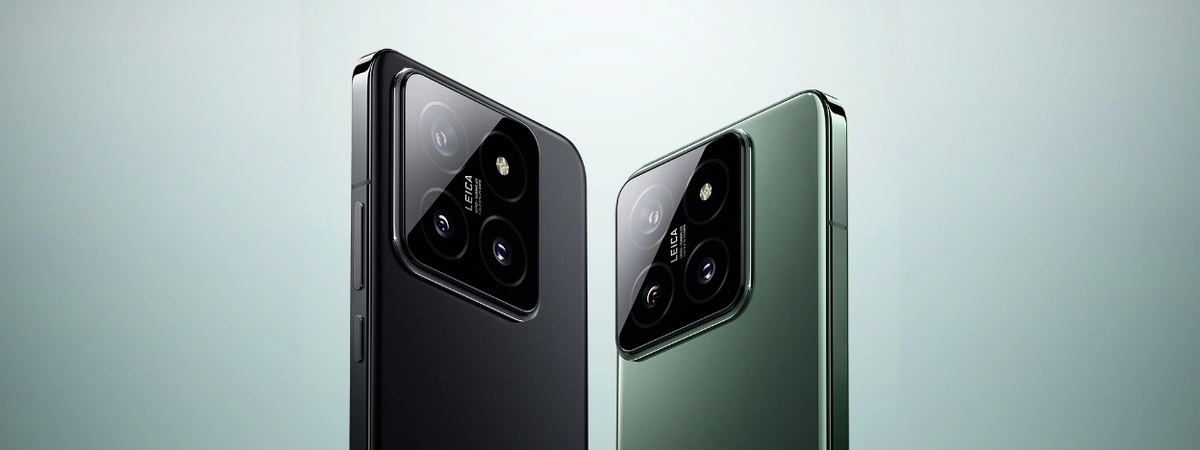
The slightly larger Xiaomi 14 Pro comes with a 6.73-inch display, a 4880 mAh battery, and 120W fast charging. This model also features an upgraded telephoto lens with 5x optical zoom for enhanced photography capabilities.
The Xiaomi 14 Ultra is the most advanced model of 2024, featuring the Snapdragon 8 Gen 3 processor, a 6.73-inch WQHD+ display, and a unique camera system. The main 1-inch sensor is equipped with a Leica Summilux lens with a large f/1.6 aperture, allowing for greater light capture. It also includes a movable telephoto lens with dynamically adjustable focal length, a 120mm periscope module with macro support, and an ultra-wide-angle sensor.
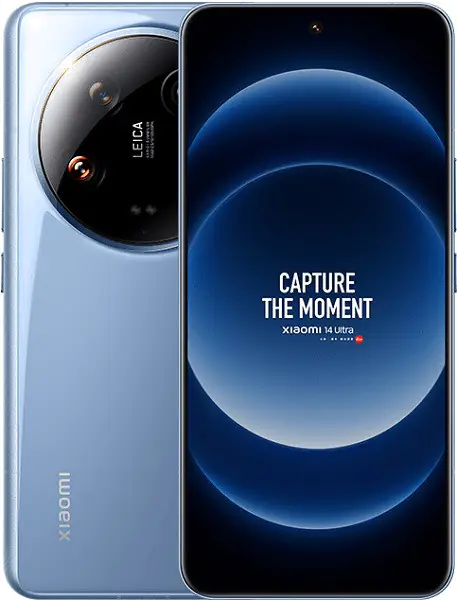
Devices from the flagship series are no longer the latest hot releases, and have become more affordable. The Ultra is currently priced from $1018 / €918, while the Pro is not officially available in Europe. As for the focus of our review, the Xiaomi 14 is now selling for $778 / €702, which is quite reasonable for a flagship. This raises the question: is it still worth purchasing the Xiaomi 14 some time after its release?
Xiaomi 14 technical specifications
- Processor: Qualcomm SM8650-AB Snapdragon 8 Gen 3 (4 nm, 8 cores (1×3.3 GHz Cortex-X4 & 3×3.2 GHz Cortex-A720 & 2×3.0 GHz Cortex-A720 & 2×2.3 GHz Cortex-A520), Adreno 750 video chip
- Memory: 12/256 and 12/512 GB, no memory card slot
- Display: 6.36″, LTPO OLED, 68 billion colors, 120 Hz, 1220×2670 pixels, Dolby Vision, HDR10+, typical brightness 1100 nits, peak brightness 3000 nits, aspect ratio 20:9, Corning Gorilla Glass Victus screen protection, in-screen fingerprint scanner
- Cameras: Leica optics
-
- Main module 50 megapixels, f/1.6, 23 mm equivalent, 1/1.31″, 1.2 μm, PDAF, OIS
- Telephoto lens 50 megapixels, f/2.0, 75 mm equivalent, PDAF, 3.2x optical zoom
- Ultra-wide 50 megapixel, f/2.2, 14 mm equivalent, 115˚ viewing angle
- Video recording: 8K@24fps (HDR), 4K@24/30/60fps (HDR10+, 10-bit Dolby Vision HDR, 10-bit LOG), 1080p@30/60/120/240/960fps, 720p@1920fps, gyro-EIS
- Selfie camera 32 megapixels, f/2.0, 23 mm, 0.7 μm
- Battery: 4610 mAh, 90 W wired charging (QC4, 100% in 31 minutes), 50 W wireless (100% in 46 minutes), 10 W wireless reversible for charging other devices
- Sound: stereo, Hi-Res Audio 24-bit / 192 kHz, Snapdragon Sound, without 3.5 mm jack
- Operating system: Android 14 with HyperOS shell, warranty up to 4 major system updates
- Data transfer: Wi-Fi 802.11 a/b/g/n/ac/6e/7, Bluetooth 5.4, NFC, infrared port, DualSIM (two Nano-SIM or Nano-Sim + eSIM)
- Navigation: GPS (L1+L5), GLONASS (G1), BDS (B1I+B1c+B2a), GALILEO (E1+E5a), QZSS (L1+L5), NavIC (L5)
- Dimensions and weight: 152.8 × 71.5 × 8.2 mm, 188 g
- Protection: IP68 (withstands immersion to a depth of 1.5 m for 30 minutes)
Read also: Xiaomi 13T Smartphone Review
Design
Let’s start with the package. While other manufacturers claim to be saving the planet by removing chargers from the box, Xiaomi ignores this trend. In the box, you’ll find a 90W charger and a dark polymer case. The screen also comes with a factory-installed protective film. Despite all this, the starting price of the device hasn’t increased from last year (compared to the Xiaomi 13). So, it’s possible, right? Yes, it is!
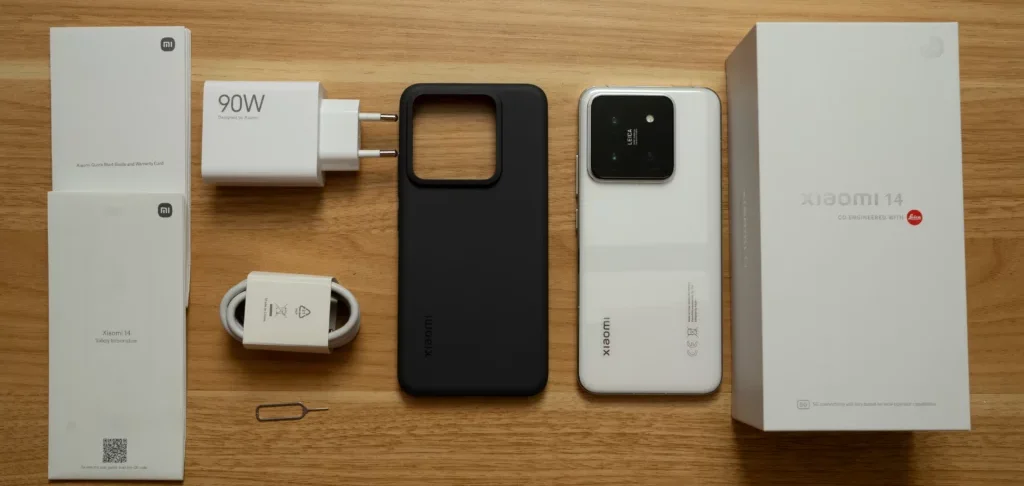 The phone itself looks stunning—it’s 200% premium, and you can feel that the moment you hold it. The screen bezels are minimal (less than 2mm), and the side edges of the body are made of shiny aluminum (though there’s a downside—they attract fingerprints and scratches). The back panel is glass.
The phone itself looks stunning—it’s 200% premium, and you can feel that the moment you hold it. The screen bezels are minimal (less than 2mm), and the side edges of the body are made of shiny aluminum (though there’s a downside—they attract fingerprints and scratches). The back panel is glass.
The display is protected by durable Gorilla Glass Victus. The fingerprint sensor is embedded in the screen, though personally, I would have preferred it to be placed higher.
In Europe, the model is available in three colors—green, black, and white. However, in China, there’s an additional option with pink eco-leather.
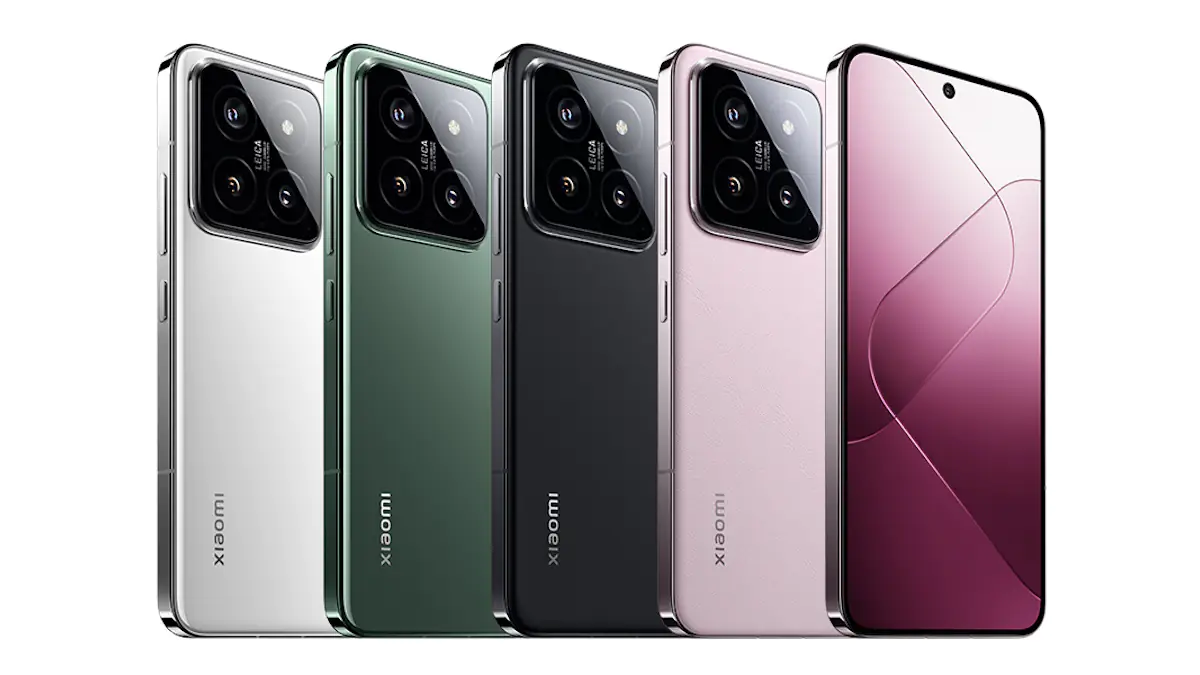 The design is somewhat unconventional in that the front panel of the phone is flat, while the back is slightly curved. On one hand, this creates a bit of a dissonance, but on the other hand, the phone sits comfortably in the hand even without a case and doesn’t dig into the palm with sharp edges. The only downside is that the glass panel is quite slippery, so it’s better to use a case.
The design is somewhat unconventional in that the front panel of the phone is flat, while the back is slightly curved. On one hand, this creates a bit of a dissonance, but on the other hand, the phone sits comfortably in the hand even without a case and doesn’t dig into the palm with sharp edges. The only downside is that the glass panel is quite slippery, so it’s better to use a case.
The camera module is noticeably protruding from the body. On one hand, it gives a solid appearance, but on the other, it’s simply inconvenient, especially when the phone is lying on a table and rocks back and forth. An interesting detail is that the camera block is mounted on a textured metal backing.
The device is indeed compact (compared to most smartphones on the market), which will be a plus for many and a reason to choose this model. However, I still recommend holding the device in your hands before making a purchase, as many people prefer larger screens.
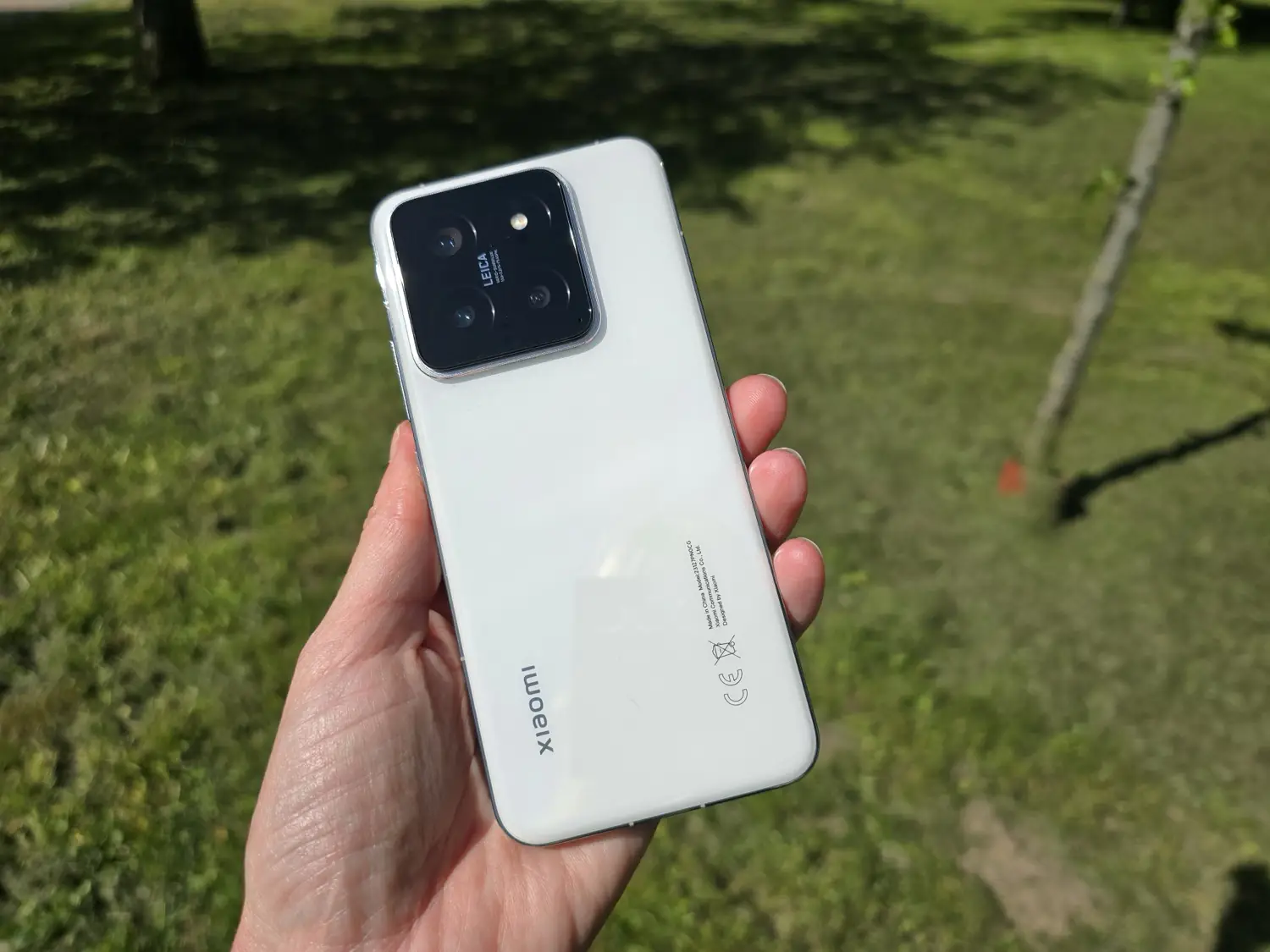
Display
Despite its small size, the screen isn’t too tiny, thanks to the minimal and uniform bezels. It features a 6.36-inch diagonal, a resolution of 1200×2670, and a 12-bit color depth. There’s support for LTPO, allowing the refresh rate to drop as low as 10 Hz to save battery life. It also includes DC dimming to eliminate OLED flicker at low brightness. Additionally, it supports HDR10+, Dolby Vision, and Widevine L1 for the best quality in online videos.
In the settings, you can choose the refresh rate—60 Hz, 120 Hz, or automatic (the best option). There are also standard color adjustment options and other features available for customization.
The screen is truly flagship-level—very sharp, with excellent color reproduction, outstanding contrast, and the highest viewing angles. It reads beautifully in sunlight, as the peak brightness can reach up to 3000 nits.
Read also: Xiaomi 13T Pro Smartphone Review
Hardware and performance
The Xiaomi 14 is powered by the current top-tier chipset, the Qualcomm Snapdragon 8 Gen 3. We all know it well from reviews of other flagship devices in 2024, so I won’t go into too much detail. It’s the best Qualcomm has to offer right now, ensuring high performance and quality. The phone is fast and easily handles any task, including the most demanding games. The only downside is that under prolonged heavy load, it can start to heat up noticeably and is prone to throttling (a reduction in processor frequency due to overheating).
The model is available in two memory configurations: 12/256 GB and 12/512 GB, the latter of which we tested. Considering the price, I think these memory sizes are excellent and sufficient for most users. The modules are fast (UFS 4.0, LPDDR5x), which contributes to the device’s outstanding performance. In the settings, you can add virtual RAM—4, 6, or 8 GB—but even without this, the phone remains responsive.
Xiaomi 14 cameras
Yes, the 14 falls short of its big brother Xiaomi 14 Ultra in terms of cameras, but nevertheless, given its price, it offers excellent photographic capabilities that will satisfy most of the target audience. Moreover, among compact phones, it is definitely the best camera phone. We have the next set:
- Main sensor: 50MP OmniVision OVX9000 Light Fusion 900, f/1.6, 23mm, 1/1.31″, 1.2µm, dual pixel PDAF, laser autofocus, optical stabilization; video recording 4320p@24fps and 2160p@60fps
- Telephoto lens: 50 megapixel Samsung ISOCELL JN1, f/2.0, 1/2.76″, 0.64µm, 75 mm, phase detection autofocus (10 cm to infinity), optical stabilization, 3.2x optical zoom; video recording 2160p@60fps
- Wide-angle: 50 megapixel Samsung ISOCELL JN1, f/2.2, 1/2.76″, 0.64µm, 14 mm, 115˚; video recording 2160p@60fps
- Front camera: 32 megapixel OmniVision OV32B, f/2.0, 1/3.14″, 0.7µm; video recording 2160p@30/60fps
As you can see, it has everything you need, except for superzoom, but not everyone requires that. It’s great to see the presence of OIS in both main modules, as well as the large size of the primary sensor.

I think everyone remembers the fiasco that occurred with the release of the Xiaomi 14 and 14 Pro. Users noticed that during severe overheating (high load and hot conditions, such as recording 8K video), the camera lens would fog up from the inside, affecting photo quality. Xiaomi refused to acknowledge this as a defect, insisting it was a natural phenomenon that would pass once the temperature stabilized. I tested the phone during the summer, and while there were some hot days, my lens never fogged up. One of my colleagues tried to replicate the effect by walking outside on a hot day for half an hour while shaking the phone, but hardly anyone does that daily. Overall, I believe the problem is exaggerated.
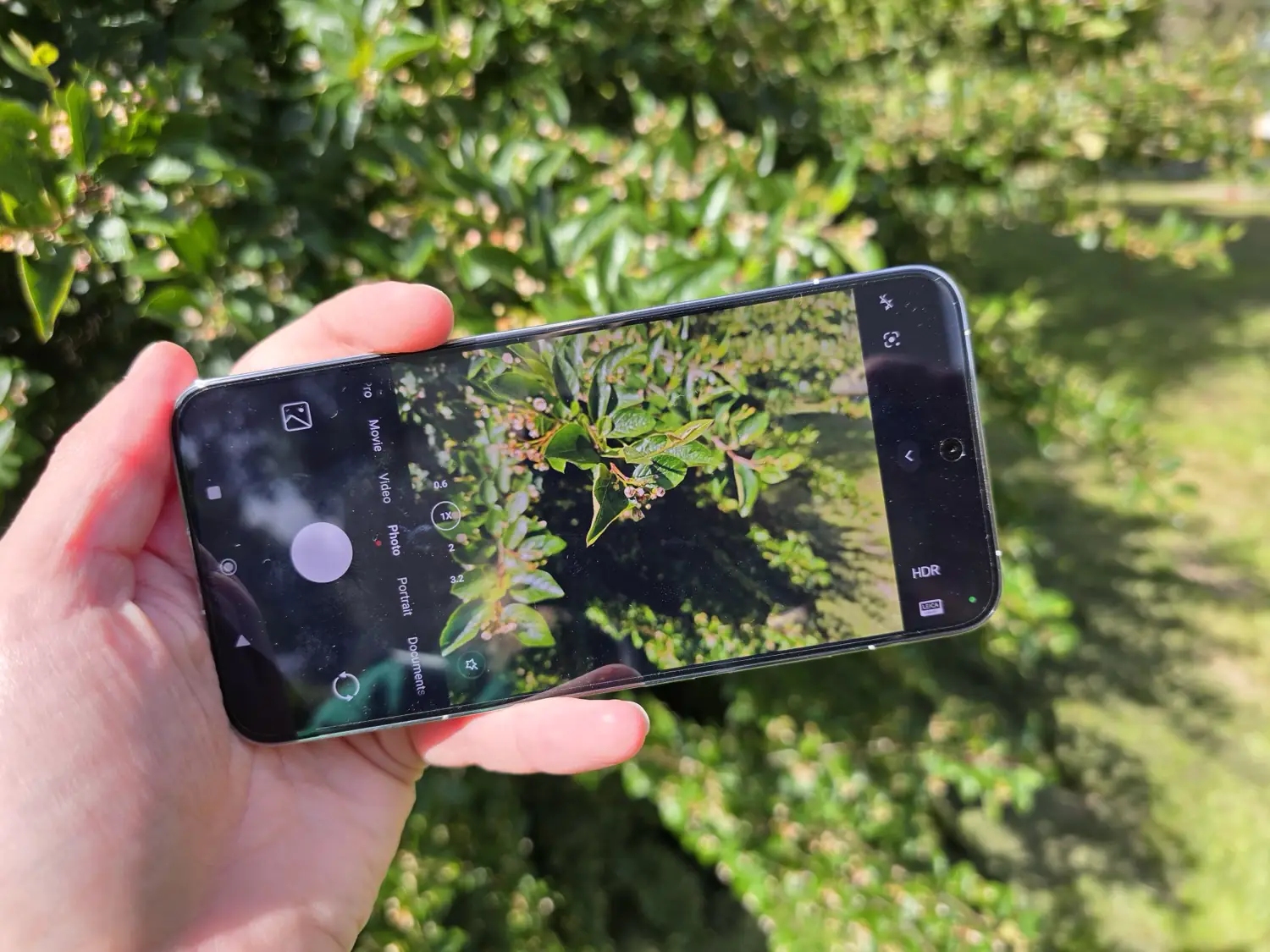
The main camera delivers flagship-level photo quality in daylight. It offers high sharpness, excellent detail, a wide dynamic range, and accurate color reproduction. The camera performs consistently well both outdoors and indoors, providing outstanding results in any conditions.
I should also mention that in the settings, you’ll find color modes developed in collaboration with Leica. These modes are available for both portrait and standard photos. Here’s a comparison: on the left is a photo taken in Authentic mode, while on the right is Vibrant mode, which produces richer colors. Ultimately, which one you prefer is up to you.
When it comes to low-light conditions, I was also impressed with the photo quality. Everything is clear, and the detail is excellent. I should note that the night mode activates automatically.
I have no complaints about the telephoto lens, which provides 3.2x zoom compared to the main camera.
The telephoto lens can focus on objects from 10 cm away, making it suitable for macro photography, resulting in incredibly beautiful shots. Here are some examples:
The ultra-wide module is also good, but I would like a bit more sharpness, richer hues, and better results in low-light conditions. However, this isn’t critical, as the module is still meant to be supplementary.
It’s unlikely anyone will have complaints about the selfies; they are clear, and the portrait mode works well, although sometimes the colors and sharpness could be more vibrant. The Xiaomi 14 can record 8K video at 24 frames per second with the main camera and 4K at 60 frames per second with the other two cameras. Available stabilization modes include Steady Video with EIS and the advanced Steady Video PRO. All of these are limited to 1080p at 30 frames per second. You can shoot with HDR, Dolby Vision, and in Pro mode, while four microphones ensure directional sound recording. There’s also a “Cinematic” mode that offers beautiful bokeh and precise automatic focus shifting. The video quality is excellent, impressing even in 4K with its wide dynamic range, well-processed shadows, contrast, and lack of noise. Detail and sharpness are outstanding, and the colors are natural. This applies to both the main and additional cameras.

Sound
The Xiaomi 14 features a typical stereo speaker configuration—one on the edge and the other serving as the earpiece. While this isn’t always the case, both speakers are well-balanced, loud, and perform exceptionally well. The sound is clear, crisp, immersive, and bass-heavy, both through the speakers and with headphones. The settings include effects, presets, and a customizable equalizer.
Read also: Motorola Edge 50 Pro vs Redmi Note 13 Pro+ 5G: The Battle of the Brightest
Battery life
The Xiaomi 14 is equipped with a 4610 mAh battery, which is impressive given its compact design. For comparison, the similarly compact Galaxy S24 has only a 4000 mAh battery.
Overall, the new HyperOS system is well optimized, the Snapdragon 8 Gen 3 processor is quite energy-efficient, and the relatively small LTPO OLED panel doesn’t consume too much power. In general, there’s nothing terrible about it; the phone is fully capable of lasting a full workday with very active use. In comparative “endurance” tests on a single charge, it outperforms models like the iPhone 15 Pro, Pixel 8, and Galaxy S24.
The Xiaomi 14 charges at a power of up to 90W, and the corresponding proprietary adapter (Xiaomi HyperCharge) is included in the box. Compared to competitors like the iPhone, Pixel 8, and Galaxy S24, it charges twice as fast! According to our tests, the manufacturer isn’t exaggerating; it takes only 35 minutes to go from 0 to 100%. Additionally, a quick 15-minute charge is enough for most users to get through a whole day of occasional phone use.
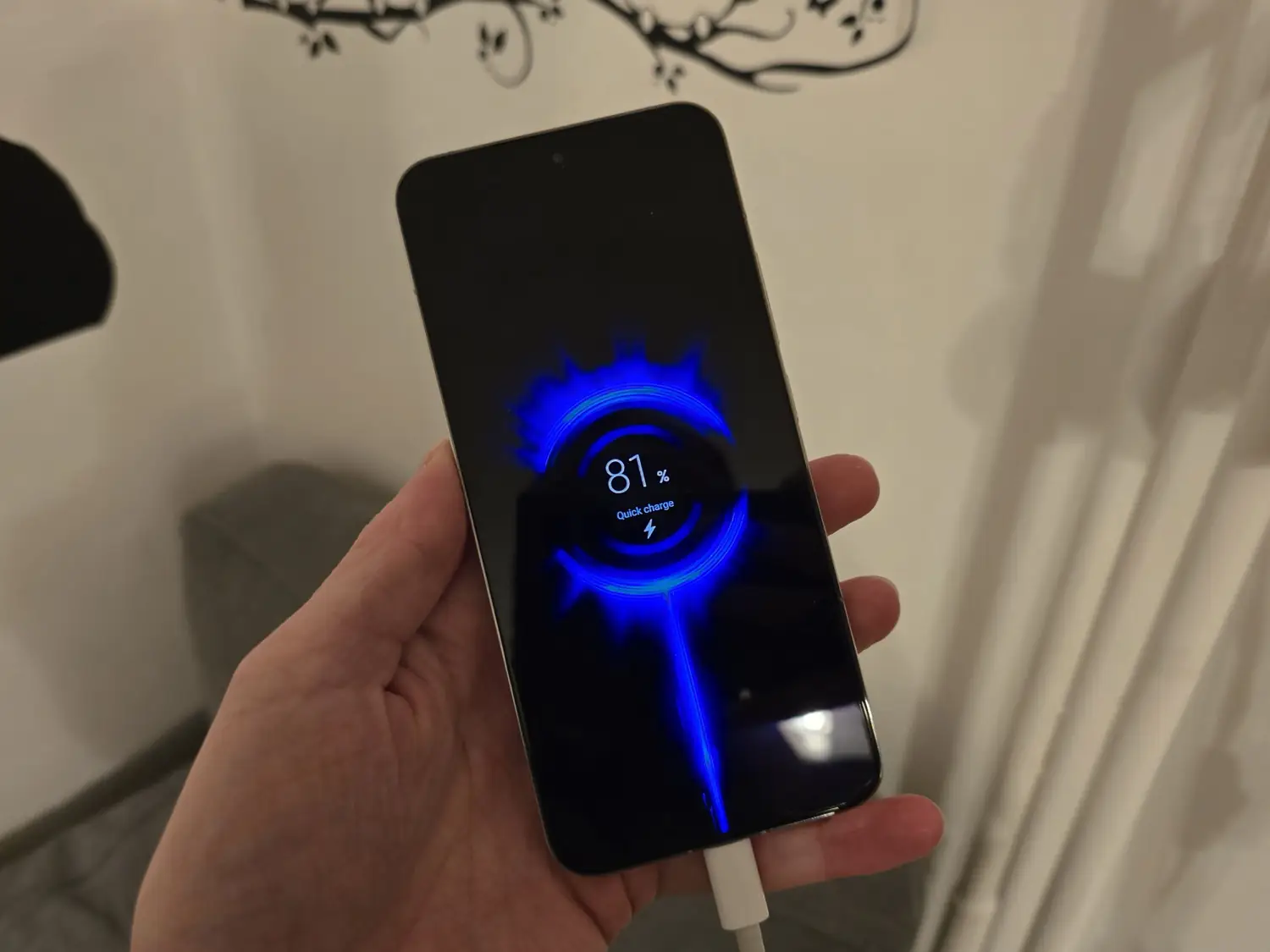
It also supports fast 50W wireless charging, but again, it uses a proprietary standard, so to achieve those speeds, you’ll need to purchase the official charger.
Additionally, there’s a 10W reverse charging option, allowing the phone to wirelessly charge another phone, a headphone case, or a smartwatch.
Xiaomi 14 software
The smartphone runs on Android 14 with the HyperOS interface, which Xiaomi boldly refers to as an operating system. HyperOS recently replaced MIUI and isn’t drastically different from it. The interface has been improved, the menu logic has been refined, and optimization has increased, but overall, you won’t have any issues transitioning from a Xiaomi device based on MIUI. It remains a highly functional system with a wealth of features and settings (see the extensive gallery of screenshots below).
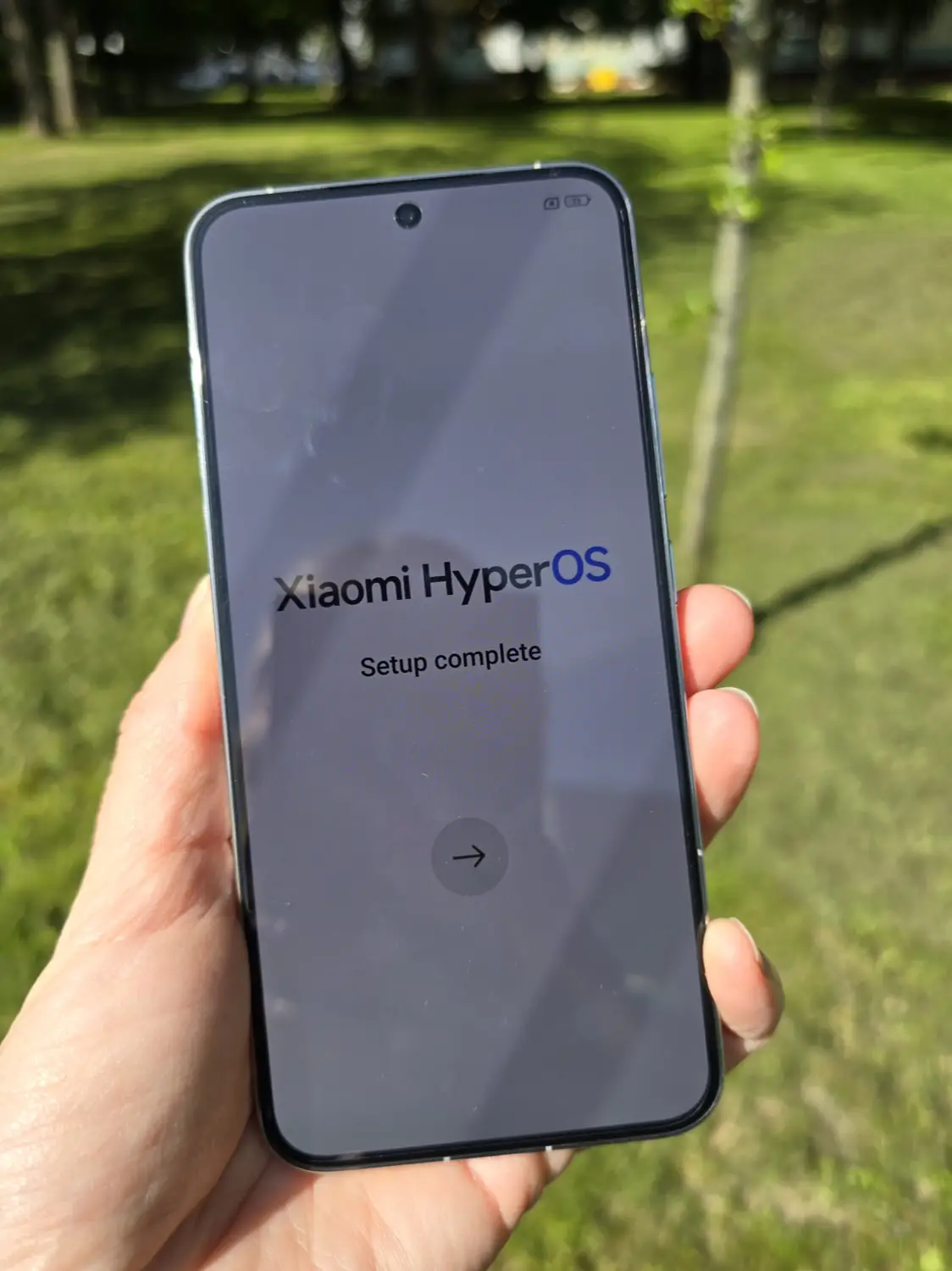
In addition to the pre-installed Google apps, Xiaomi, as usual, adds a plethora of its own applications. There’s an additional gallery, a player, a video catalog, a file manager, a memory-cleaning app, and a browser. Some of the installed programs could be classified as “bloatware,” meaning they are unnecessary and sometimes send unwanted notifications.
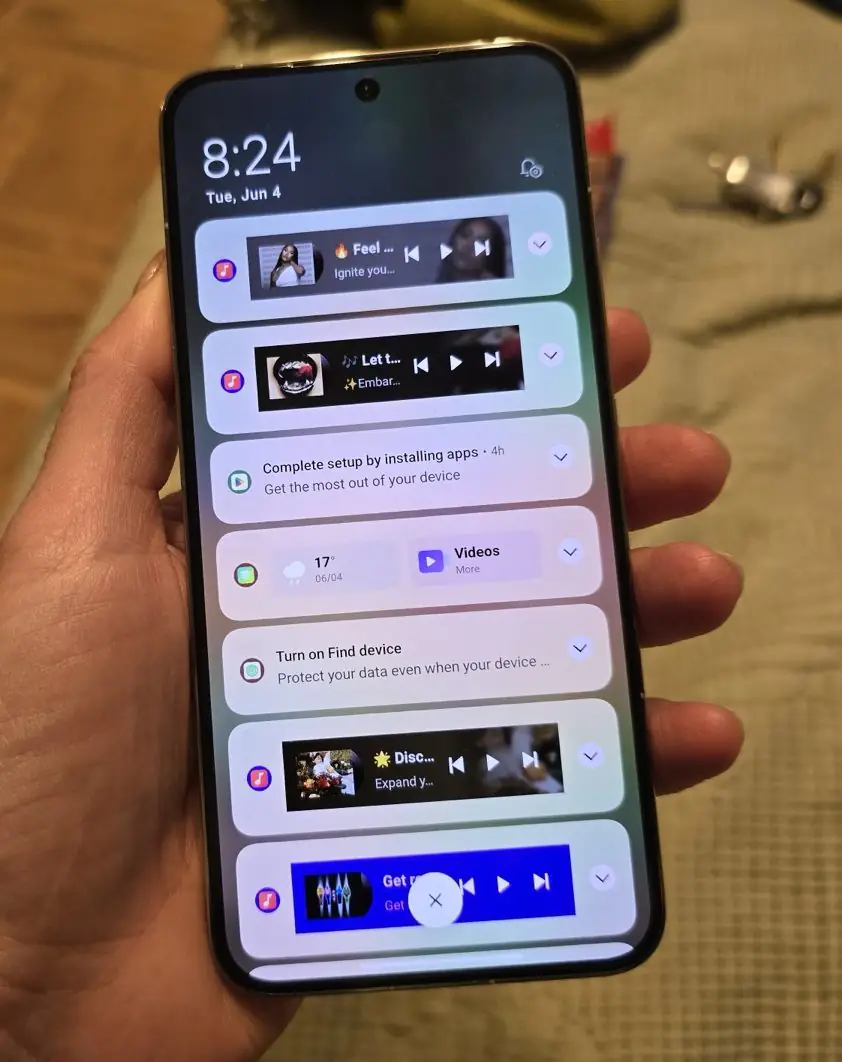
Xiaomi promises four major Android version updates for the smartphone and five years of security patches.
Conclusions and competitors
У момент виходу, який відбувся вже досить давно, Xiaomi 14 коштував дорого, близько $966 / €873. Майже так само дорого, як iPhone 15 Pro і дорожче, ніж його прямий конкурент Samsung Galaxy S24. Давно минули ті часи, коли про Xiaomi можна було сказати «топ за свої гроші», зараз ці епітети перейшли до POCO і Redmi. На щастя, ціни на китайські флагмани швидко падають, тож зараз модель можна купити за ціною від $780.
I won’t compare the Xiaomi 14 with the entire range of smartphones in this price range, as the list would be endless. The standout feature of the device in this review is its compact size, and there are very few alternatives available. Specifically, the Galaxy S24 and Pixel 8 are the main competitors.
The Pixel 8 is cheaper, making it more affordable, but it has a weaker processor (along with serious overheating issues), a less impressive display, and inferior cameras (it doesn’t even have a telephoto lens). Its battery life is decent, but the Xiaomi 14 still outperforms it in that regard. Additionally, the charging speed is slow.
![]()
The Samsung Galaxy S24 is a direct competitor, as they share a similar design (flat metal edges, glass bodies, minimal screen bezels). The base model starts at $802 / €725 with 8/128 GB of memory, and the 8/256 GB version costs $846 / €764. Right off the bat, we see a memory disadvantage, as the Xiaomi 14 offers options of 12/256 GB and 12/512 GB.
The camera on the Xiaomi is superior (except perhaps for selfie quality, where the difference is negligible), it charges significantly faster (90W compared to 25W), and it has noticeably better battery life. Samsung might appeal to those looking for a stronger and “non-Chinese” brand, along with the excellent One UI interface featuring AI capabilities.
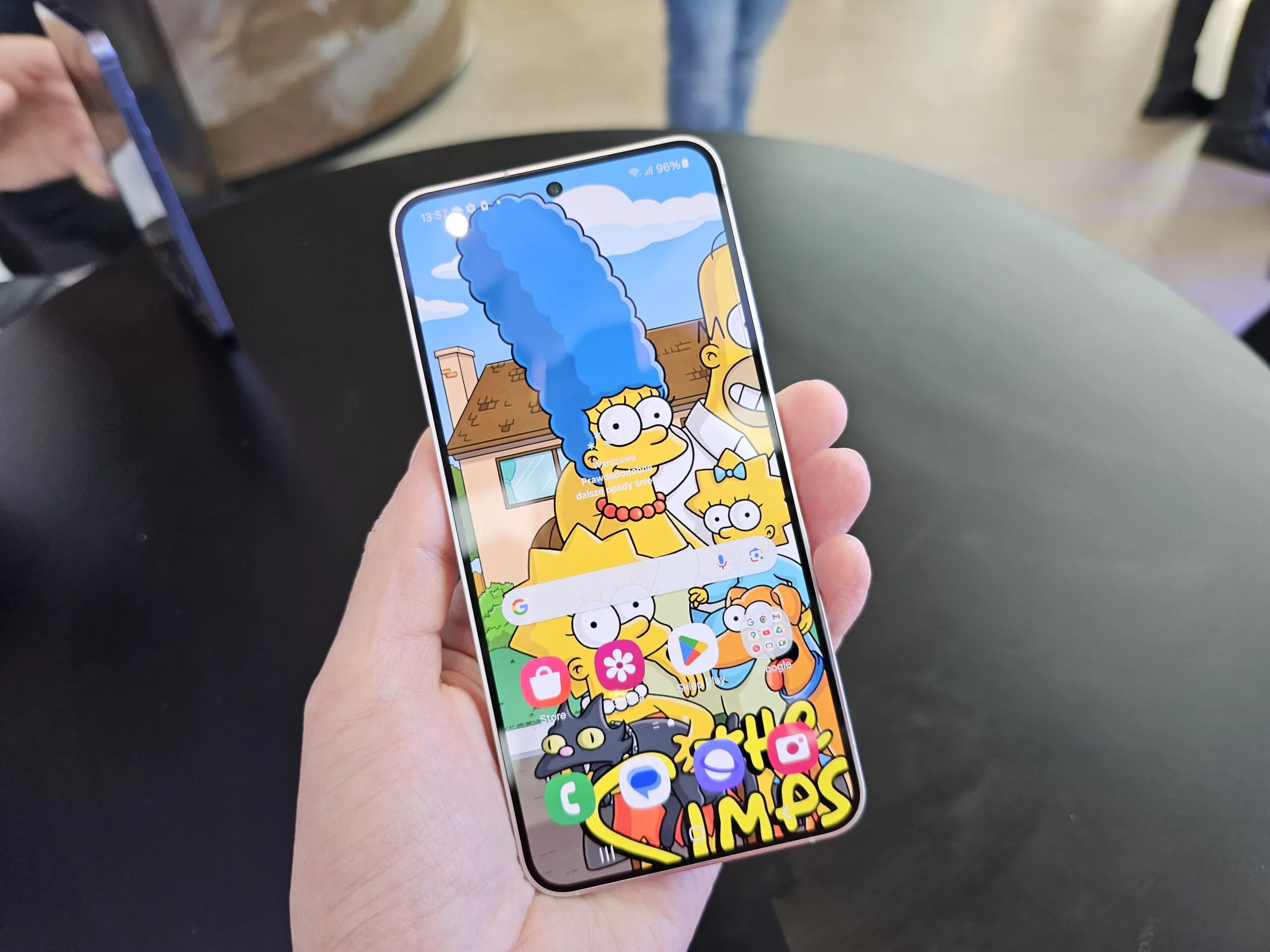
Among compact flagships, the ASUS ZenFone 10 from 2023 can still be mentioned, but it’s increasingly hard to find in stores, and the prices aren’t the most attractive. Meanwhile, the ZenFone 11 released this year has somehow grown in size, making compact flagships an even rarer breed on the market. Currently, the Xiaomi 14 stands out as the best option.
Of course, one could also consider the iPhone lineup, but even the “outdated” iPhone 15 Pro costs more and, in reality, doesn’t offer significant advantages—except for the Apple logo on the back. It’s unlikely that anyone would choose between an iPhone and a Xiaomi; people typically pick one camp or the other and staunchly defend their choice.
To summarize: the Xiaomi 14, which has seen a price drop a few months after its release, is currently the best compact flagship on the market. It boasts a top-notch chipset, an excellent premium design, a high-quality display, a full suite of outstanding cameras, and a decent battery life. The only drawback for some might be the software packed with bloatware, but not everyone finds that bothersome.
Read also:
- Samsung Galaxy Fold6 Smartphone Review
- Mazda CX-60 Premium-Sport Review: Not Enough Premium Quality, But Too Much Sport
- Redmi Note 13 Pro+ 5G Review: True Flagship


